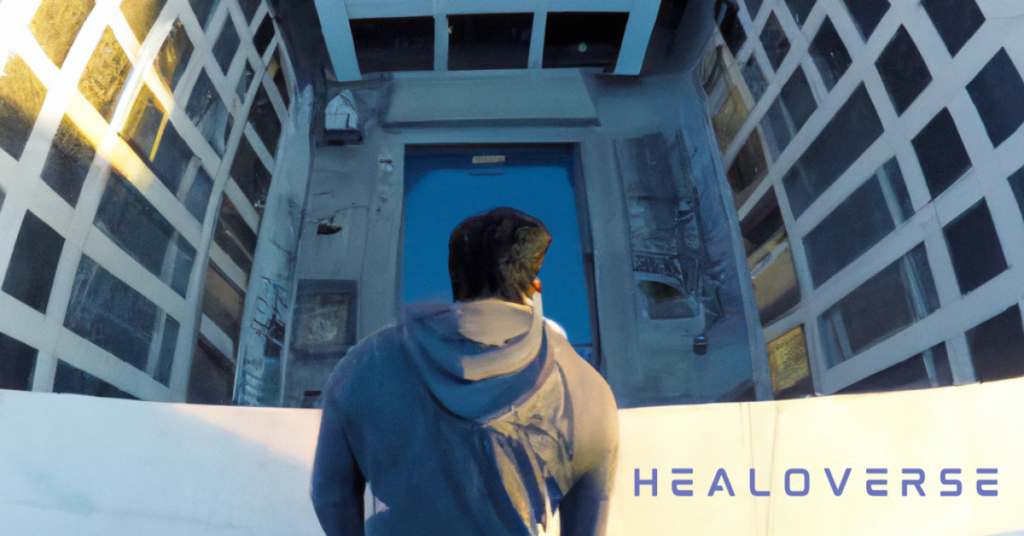Phobias, intense irrational fears of specific objects or situations, can severely restrict an individual’s daily life and well-being. Traditional treatments often involve exposure therapy, where patients gradually face their fears under controlled conditions. However, recent advances have introduced innovative methods that combine ketamine, a rapid-acting agent with potential psychiatric applications, and virtual reality exposure therapy (VRET), enhancing the effectiveness of phobia treatment.
Understanding Phobias and Their Impact
Phobias are more than just extreme fear; they are debilitating anxiety disorders that can trigger panic attacks and severe avoidance behavior. Common phobias include fears of heights, flying, spiders, and public speaking. For individuals living with these fears, everyday situations can become overwhelming challenges.
The Role of Exposure Therapy
Exposure therapy has long been the cornerstone of phobia treatment. By systematically exposing patients to their fear triggers, they can gradually desensitize and manage their reactions. Virtual reality has transformed this approach by allowing more precise, controlled, and repeatable exposure in a safe environment. VRET can simulate fear-inducing scenarios without any real-world risks, providing a practical tool for therapists and safety for patients.
Ketamine as an Adjunct to Exposure Therapy
Ketamine, known for its fast-acting relief of depressive symptoms, is being explored for its utility in treating anxiety disorders, including phobias. Research suggests that ketamine may help by enhancing the brain’s plasticity—its ability to reorganize and adapt—thereby making exposure therapy more effective. Patients may achieve faster progress in overcoming their fears when ketamine is used as an adjunct to therapy .
Combining Ketamine with Virtual Reality Exposure Therapy
The combination of ketamine and VRET presents a promising new treatment paradigm for phobias. Ketamine can potentially reduce the initial anxiety responses to fear stimuli, making patients more receptive to VRET. This combination could accelerate the therapeutic process, reducing the overall time and intensity of treatment needed to manage phobias effectively.

Evidence Supporting the Combined Approach
While the research into ketamine and VRET for phobias is still developing, several studies indicate potential benefits. For instance, studies on VRET have shown its effectiveness in reducing fear responses in patients with various phobias . Similarly, preliminary studies involving ketamine for anxiety disorders suggest that it can diminish symptoms rapidly, providing an ideal setup for exposure-based interventions .
Future Directions
The exploration of ketamine combined with VRET in treating phobias is an exciting frontier in psychiatry. More comprehensive studies are needed to establish standardized protocols, optimal dosing, and session timing to maximize outcomes. As research progresses, this innovative approach could become a mainstream treatment for phobias, offering new hope to those who have found limited relief from traditional methods .
Conclusion
The integration of ketamine and virtual reality exposure therapy could significantly advance the treatment of phobias, transforming lives by enabling individuals to face their fears more directly and effectively than ever before. With ongoing research and clinical trials, the future of phobia treatment looks promising, paving the way for breakthrough therapies that offer rapid relief and long-lasting recovery.
For those interested in the latest in mental health treatments and innovative therapies like ketamine and VRET for phobias, staying informed about new research and clinical findings is essential. As we continue to understand and harness these technologies, we move closer to providing more effective and efficient care for anxiety disorders globally.
References:
Rodriguez CI, Kegeles LS, Levinson A, et al. Randomized controlled crossover trial of ketamine in obsessive-compulsive disorder: proof-of-concept. Neuropsychopharmacology. 2013.
Craske MG, Treanor M, Conway CC, Zbozinek T, Vervliet B. Maximizing exposure therapy: An inhibitory learning approach. Behav Res Ther. 2014.
Carolyn I. Rodriguez, M.D., Ph.D., Michael Wheaton, Ph.D., Jordana Zwerling, M.A., Shari A. Steinman, Ph.D., Danae Sonnenfeld, B.A., Hanga Galfalvy, Ph.D., Helen Blair Simpson, M.D., Ph.D. “Can exposure-based CBT extend IV ketamine’s effects in OCD? An open-label trial.” European Neuropsychopharmacology. 2017.
Rodriguez CI, Wheaton M, Steinman SA, et al. “Can Exposure-Based CBT Extend IV Ketamine’s Effects in OCD? An Open-Label Trial.” European Neuropsychopharmacology. 2017.



